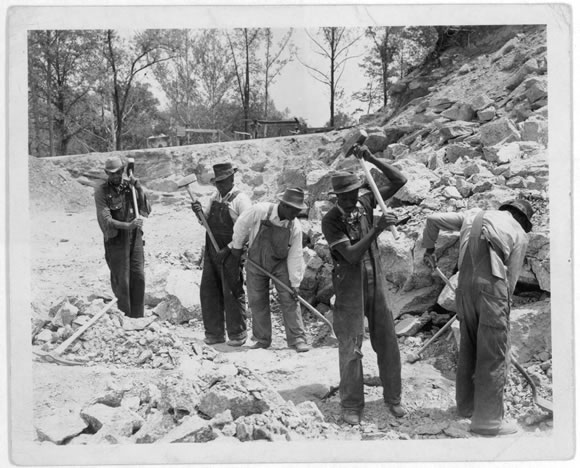Homecoming at the Harvard of the Midwest, and guess who headed back to campus.
Yes sir.
The World's Greatest.
For the first time since 1999.
At the NUBAA party at the Victor Hotel, tipsy and reminiscing. Short guys down front. (LtoR, Brian Rubin, Chris Rooney, The World's Greatest) Medium sized dudes in the middle row. (LtoR: Josh Barnes, Mike Nelson, Gerald Conoway) Tall guys in back: (D'Wayne Bates, Gladston Taylor, Larry Guess)
Caught up with teammates and classmates Friday, watched my Cats SMASH the lowly Hoosiers Saturday, headed to the Victor Hotel to connect again with old friends Saturday night, and then dragged my behind back to the Great White North Sunday.
Right now I'm at the office, exhausted and trying not to use the crutch chronic undersleepers call "coffee" to get through this work day. I can live with a little sleep deprivation. Besides, who needs sleep when you have friends?
Not me.
And seeing so many people looking so good after so long really inspired me. I mean, look at this:
My MAIN man, Q Period Period. Went from dislocating his finger at Day at NU '96 to building the Fuzion Empire. I admire this cat.
And this:
MC with Adrienne Samuels Gibbs, Senior Editor of a revitalized Ebony magazine and most importantly a made woman in the Medill Mafia.
Great times with great people, but at the same time I left homecoming with a bit of a uselessness complex.
Understand that this is quite different from an inferiority complex, and this weekend had me feeling empowered and inspired. My classmates are some successful folks, and their peer pressure keeps me moving and improving.
No, the uselessness complex arises when you realize that your friends are bright motivated people who apply their minds to important matters. They teach law, or raise funds to build hospitals, or they're inside those hospitals performing surgery.
And me?
I spend my evenings in press boxes, cramming down pregame meals and pecking out stories that, apparently, a robot can write.
I mean, I love my job. If I didn't, I'd do something else for a living. But there's something about being the only sportswriter in a room full of high achievers that makes you wonder whether the world would even notice if you weren't there.
Raise your hand, for example, if you've ever thought to yourself, "Man, I need a doctor."
Exactly.
Or raise your hand if you have ever needed to call a lawyer. For anything.
If you're older than 25 chances are you have.
NOW ask yourself if you have ever in your life caught yourself thinking, "You know what I need right now? A good sportswriter. If I don't find a good sportswriter right now, my day is gonna suck."
Ok, I'm sure at least one sports editor will read this blog, so you got me there.
But the rest of you?
That's what I figured.
A sobering thought on a tipsy weekend.
But the truth is people still do value stories, even if they are about grown men playing kids games. So a guy like me is still at least somewhat useful, even among the doctors and teachers and other indisputably useful folks who went to school with me.
And the truth is seeing your friends doing so well inspires you to do even better. So before my next trip to homecoming I hope I can accomplish something that'll exert a little positive pressure on my peers. A book, maybe. Heck, I'd settle for a better blog.
And if I can't do that, I guess I'll but that robot sportswriter a purple T-shirt and in my place.
Think anyone would notice?











